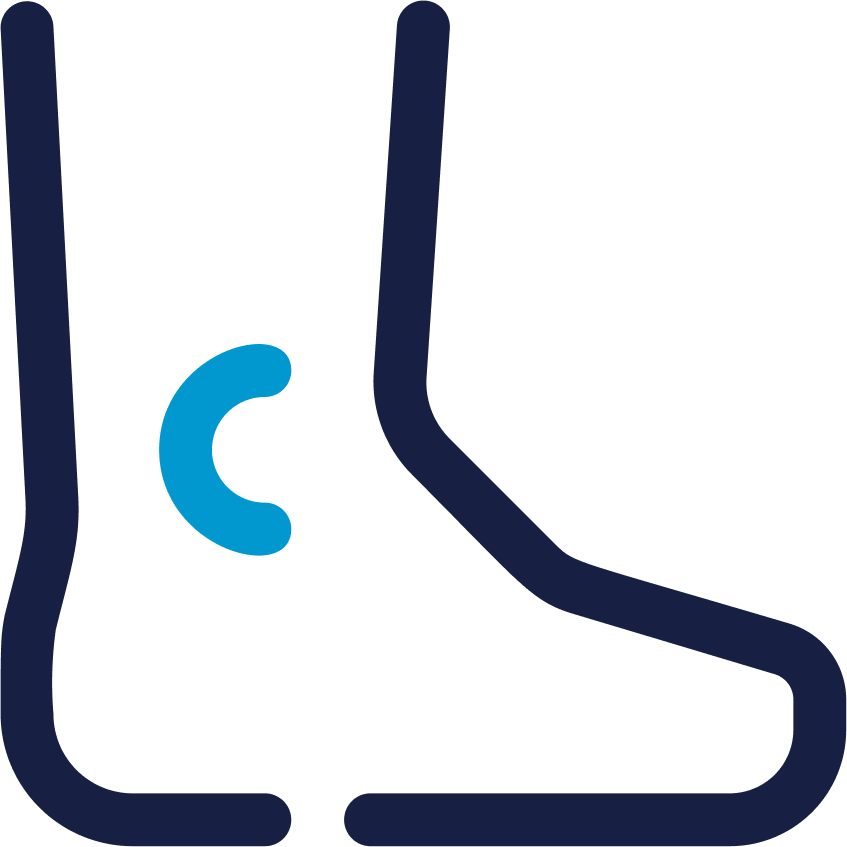
- Specialty Procedures
- /Foot/Ankle

Osteochondritis Dissecans (OCD) is a joint defect involving the overlying articular cartilage and the subchondral bone. The cause of this condition is not fully known or understood. When it affects your ankle, it usually happens on the medial section of your ankle (talus) or the inner area.
Normally, the osteochondral allograft transplant system and the microfracture have been regular options of treatment for talar dome osteochondral lesions. Depending on how big your lesion is will determine which procedure the surgeon will perform.
Surgical intervention is required for many of the osteochondral lesions. Microfracture surgery, through the recent years, has become popular in sports with a number of professional athletes including NFL, NBA and NHL members, having undergone the surgery. This type of procedure is crucial particularly in patients who are young with unstable cartilage fragments.
Microfracture of the OCD arthroscopically is a surgical treatment option. This is a relatively quick surgery performed by a Pensacola orthopedic surgeon (around 30 to 90 minutes) that is minimally invasive and has a much shorter recovery period than knee replacement (arthroplasty). This procedure stimulates revascularization resulting in fibrocartilage formation which when compared to hyaline cartilage, has substantially poorer mechanical properties. It is typically an effective treatment.
Surgical attempts for improving osteochondritis dissecans healing to the native bone, stabilizing loose fragments or replacing tissue that is defective with either an allograft transfer osteochondral tissue or allograft.
Microfractures or Arthroscopic microdrilling are performed with the goal of obtaining bone marrow growth factors by breaking the subchondral calcified layer. These molecules should encourage filling of the cartilage defect with fibrocartilage that is less specialized.
Microfracture OCD surgery requires you to be non-weightbearing in a cast that is removable. Range of motion starts immediately unless you went through concurrent lateral ankle stabilization. Symptoms that correlate with small lesions are generally relieved with microfracture OCD surgery and the outcome is usually good.

